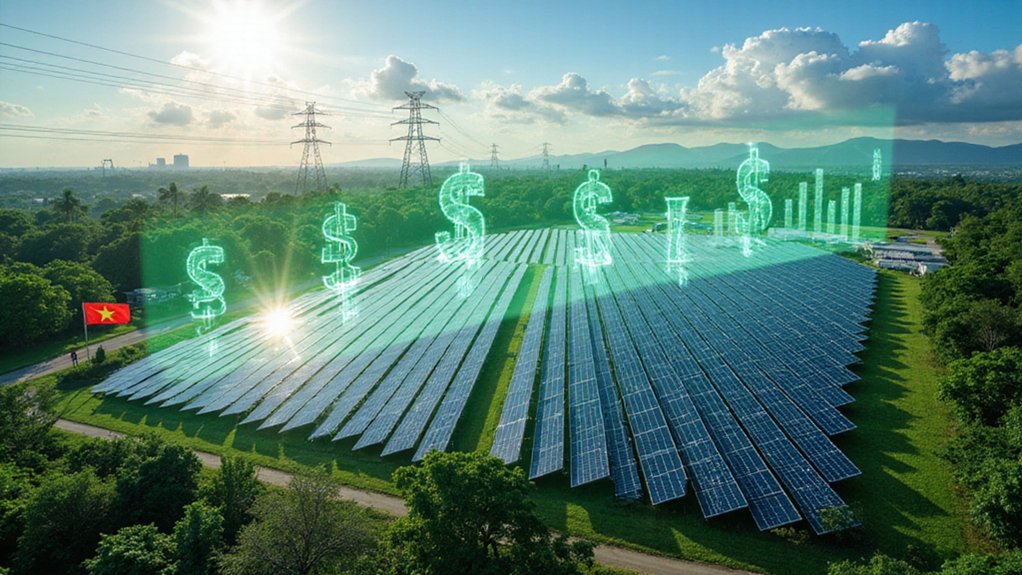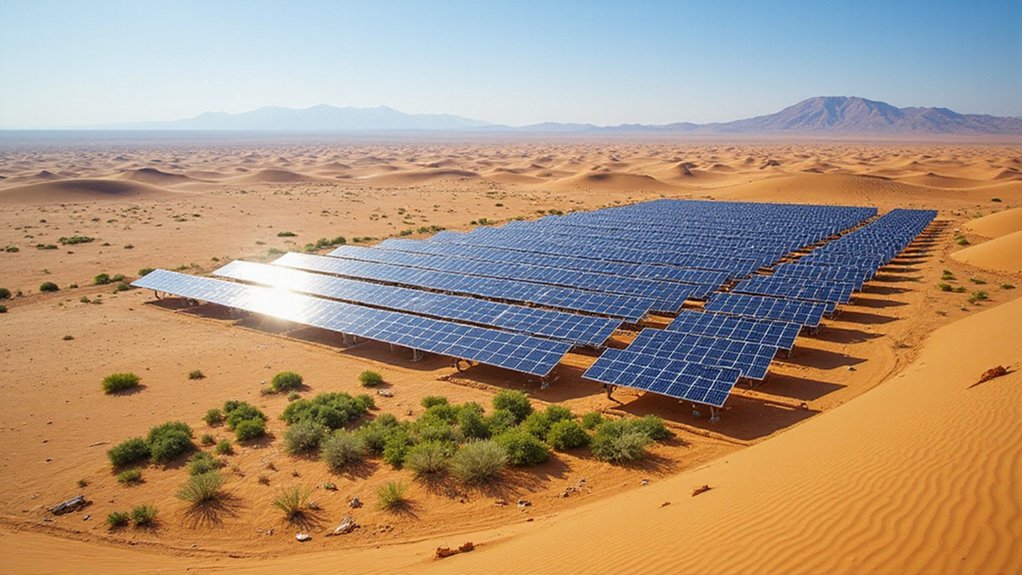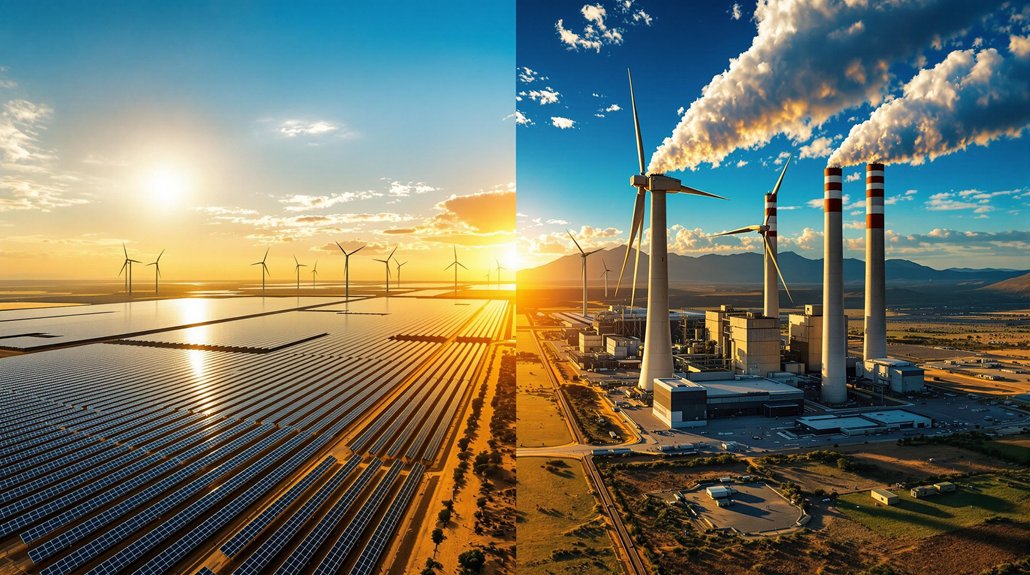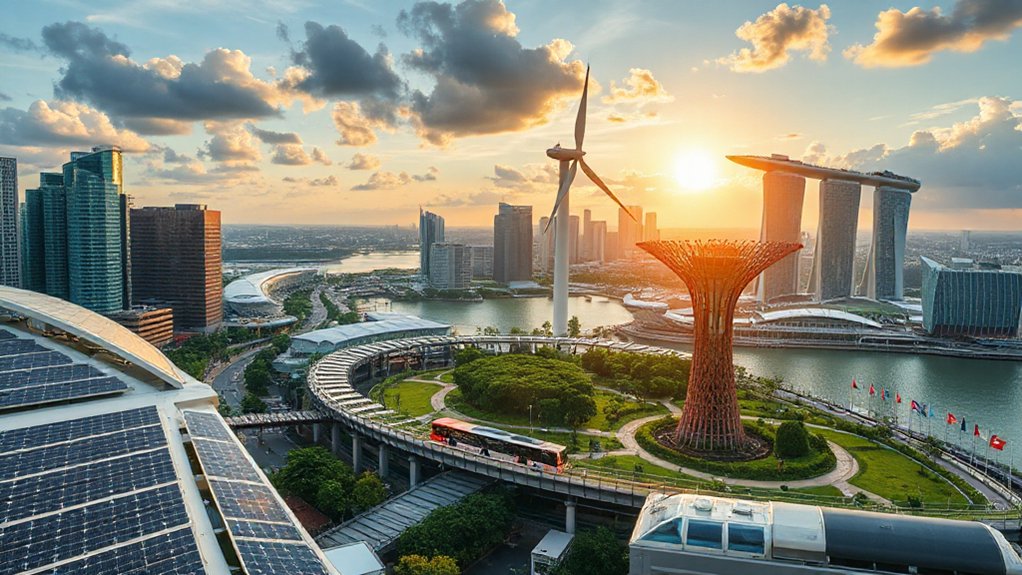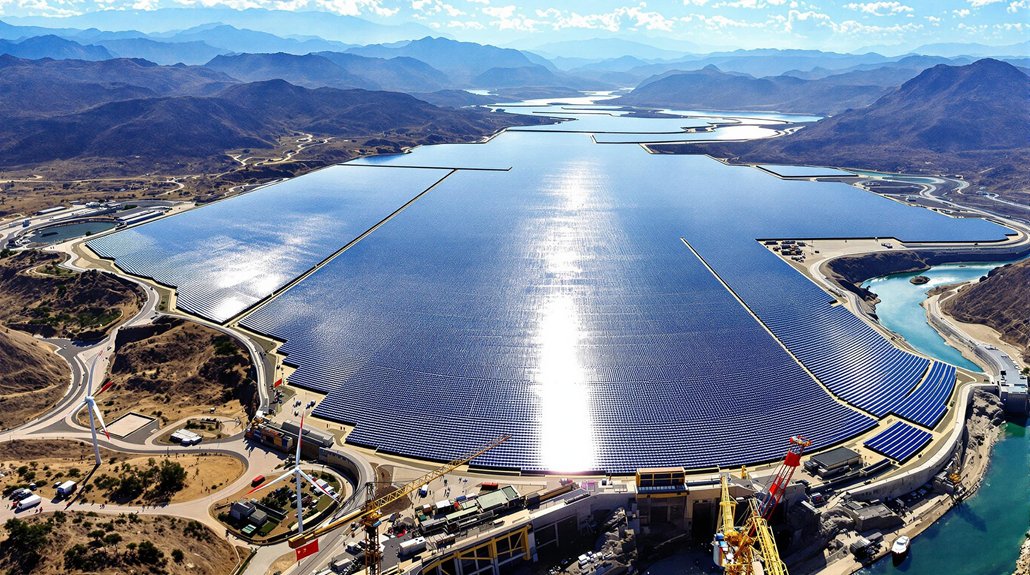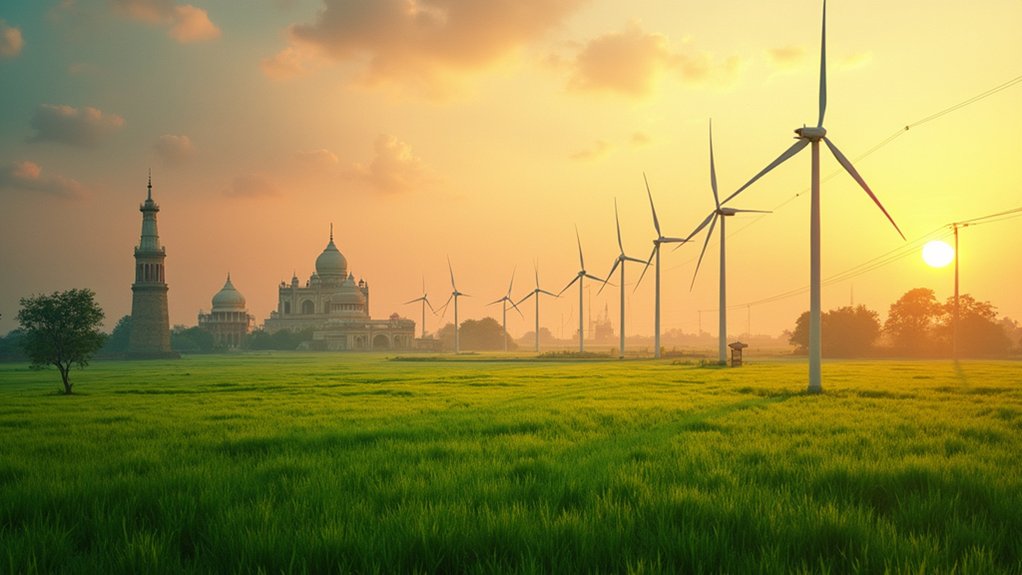Southeast Asia is undergoing a major green energy transformation worth $190 billion, but America isn’t fully participating. The region’s energy needs will double by 2050 as economies grow and populations increase. Countries like Vietnam, Indonesia, and Thailand are rapidly expanding their solar, wind, and battery manufacturing capabilities. Despite this boom, the area receives only 2% of global clean energy investments. U.S. companies could benefit from this untapped market while helping ASEAN nations meet their climate goals.
While the world grapples with climate change, Southeast Asia is quietly leading a green energy shift. The region’s energy demand is projected to more than double by 2050, eventually surpassing the European Union’s needs. This surge is driven by economic growth and rising population across ASEAN nations.
Renewable energy is gaining significant momentum in the region. The ASEAN Centre for Energy believes renewables could supply over two-thirds of Southeast Asia’s energy needs by 2050. The share of renewables has already increased to 14% of the total energy mix in 2020, with Vietnam, Thailand, Indonesia, and the Philippines emerging as regional leaders.
Renewables could power over two-thirds of Southeast Asia by 2050, with regional leaders already transforming their energy landscape.
These countries aren’t just consuming green energy – they’re producing it too. Southeast Asia now ranks just behind China in manufacturing solar PV systems, led by Vietnam, Thailand, and Malaysia. Indonesia has utilized its mineral reserves to expand battery manufacturing, positioning itself as a global hub for nickel and lithium-ion battery production. This expansion mirrors the United States’ own impressive growth in battery storage capacity which nearly doubled in 2024, reaching 29 GW.
Policy support has been vital to this green transformation. The Philippines enacted a Renewable Energy Act back in 2008, and all ASEAN member states are Paris Agreement signatories. These commitments are driving national renewable energy targets and creating a supportive environment for clean energy investments. Despite these efforts, Southeast Asia currently attracts only 2% of global clean energy investment while contributing 6% to global GDP.
The region’s ambitious ASEAN Power Grid vision aims to create an interconnected electricity network across borders. The APG seeks to establish a robust integrated market that connects renewable-rich regions to major demand centers. However, significant challenges remain. Annual investment in grid infrastructure needs to nearly double to $30 billion by 2035, and improvements in grid capacity are necessary to handle variable renewable inputs.
The clean energy shift has already created over 85,000 green energy jobs regionally since 2019. Singapore is leveraging its position as the largest bunkering port to decarbonize global shipping, while remote communities benefit from renewables-based microgrids.
As Southeast Asia continues its green energy transformation, the economic and environmental benefits extend far beyond the region, offering a model for sustainable development that balances energy security, economic growth, and climate commitments.
